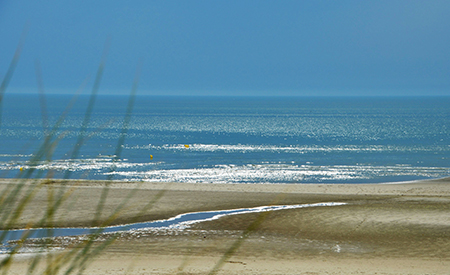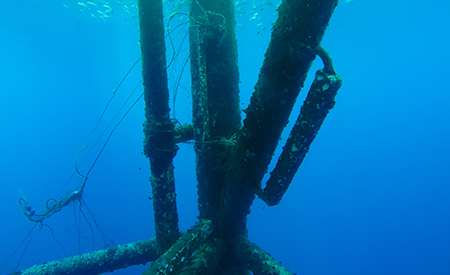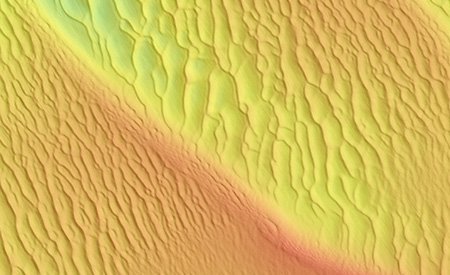Fixed offshore wind
Type of resources
Available actions
Topics
Keywords
Contact for the resource
Provided by
Years
Formats
status
-

This document identifies gaps in knowledge and emphasizes the need for long-term monitoring of marine mammals in order to better understand the impacts of wind turbines on them
-

In the context of the development of marine renewable energies in France, the recommendations report produced within the framework of the TROPHIK project is the first French approach to an integrated study on ecosystem changes related to the implementation of an offshore wind farm.
-

Report describing the methodology and results of the simulations
-

This document briefly presents the methodology used to build the Ecosim and Ecospace models representing the extended Seine Bay ecosystem as well as the main results.
-

The objectives of the DUNES project are on the one hand to understand the sedimentary and ecosystem dynamics of underwater dunes, and on the other hand to provide technology developers and industrialists in the ORE sector with complementary knowledge and approaches to work in environments with hydraulic dunes. The expected results are first of all to have a better knowledge of the physical processes and the natural functioning of hydraulic dunes, to create a free access GIS dedicated to dune fields and sandbanks, to characterize on a fine scale of the structure of food webs in dunes to understand the functioning of these particular systems, and finally to establish methodological recommendations regarding the evaluation of anthropogenic impacts on dune ecosystems.
-

Spatial study and sensitivity of network indices to wind farm closure and climate disruption using an Ecospace model
-

This report presents the statistical study of the effects of the implementation of the Courseulles sur mer wind farm on the emergent properties of the ecosystem
-

This document presents an analysis of the isotopic ratios of organisms sampled on the site of the future Windfarm.
-

This report studies the effect of the cumulative effects of climate change and the reef effect induced by the implementation of the Courseulles sur mer wind farm on the emergent properties of the ecosystem, as well as the sensitivity of the ENA to a cumulative impact.
-

This report presents the analysis of the effects of climate change on the spatial distribution of different marine species frequenting the study site called Baie de Seine étendue using ecological niche models
 Catalogue PIGMA
Catalogue PIGMA